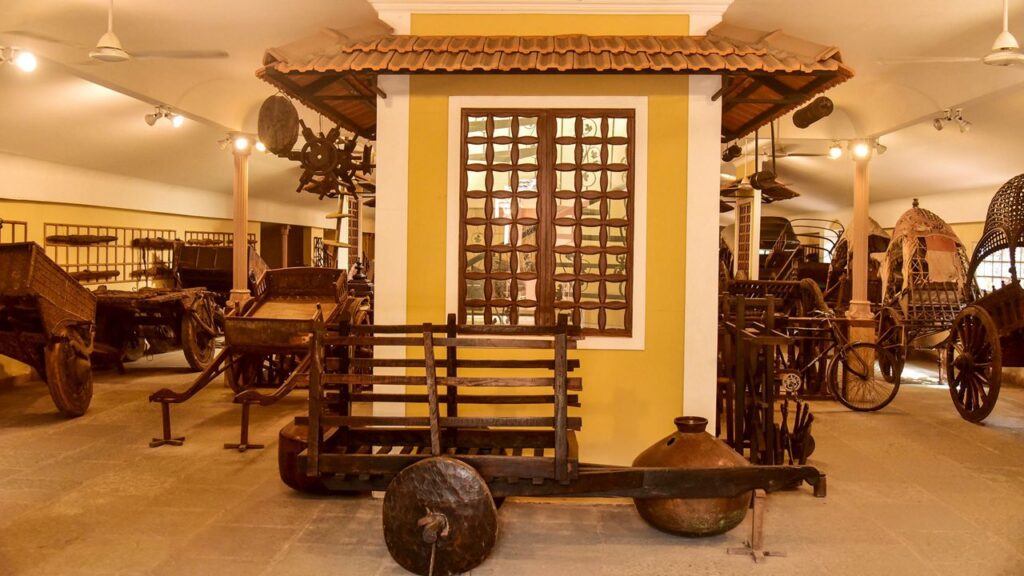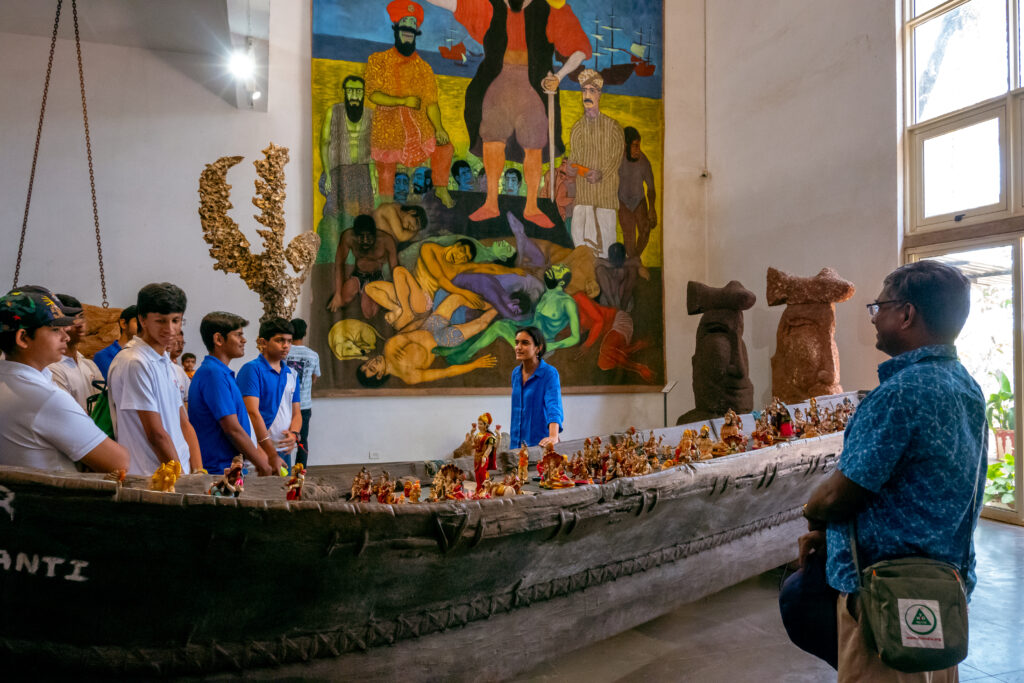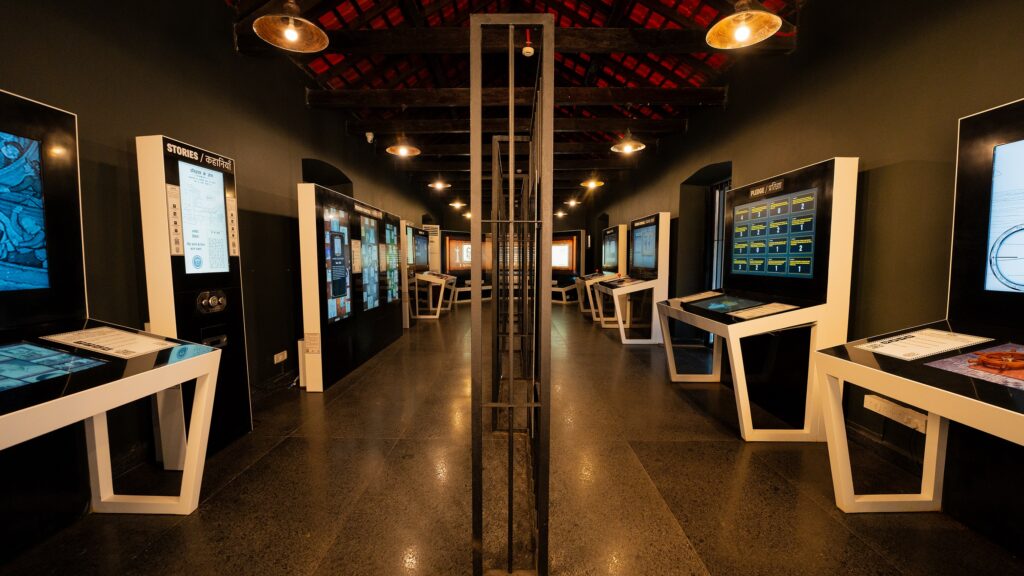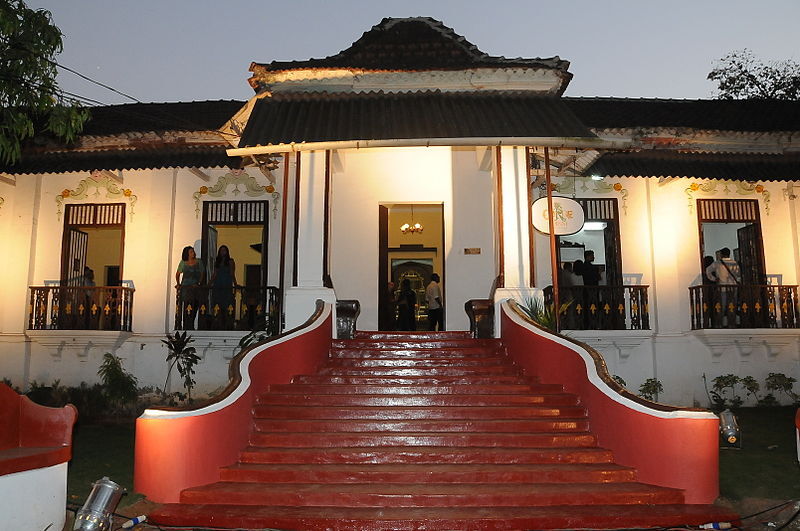
What if history wasn’t just something children had to memorise but something they could feel? Imagine pulling a lever and watching their eyes light up as they’re transported back to a moment that shaped Goa’s destiny. This is no longer just a dream; it’s exactly the kind of experiential learning Goa’s museums are beginning to offer.
This May 18, as the world marks International Museum Day, there’s a renewed push to make museums more engaging, inclusive, and future-ready. This year’s theme, set by the International Council of Museums (ICOM), is ‘The Future of Museums in Rapidly Changing Communities,’ a call to adapt and innovate as guardians of culture in a fast-moving world.
Perched on the restored Aguad Port and Jail Complex in Sinquerim, the Aguad Interactive Museum (AIM) is a game-changer in how one explores history. Through digital storytelling, soundscapes and even a ‘Time Machine’ exhibit, kids can dive into Goa’s liberation movement and colonial past not through textbooks but through tech.
“The Aguad Interactive Museum isn’t just a space to observe history,” says Savio Mathias, AIM’s vice president, Operations and Business Development. “We’ve designed it to let people feel history. Our blend of immersive technology and storytelling brings life to Goa’s land, its liberation journey and the soul of its people. It’s a powerful bridge between the past and the present.”
Hidden in the Pilerne Industrial Estate is a space that doesn’t just showcase art, it starts conversations. Founded in 2015 by Sharada Kerkar, Director of the Museum of Goa (MOG) flips the idea of museums on its head. Here, it’s not about preservation, but provocation.
“The Museum of Goa uses contemporary art to showcase Goa’s past, present and future. By welcoming over 70,000 people and around 10,000 students from diverse educational backgrounds each year, MOG nurtures an environment where art becomes a powerful medium for exploring history, identity and ideas,” says Sharada Kerkar, Director of MOG. “MOG believes that the role of museums is not just to serve as repositories of art but as catalysts for critical thinking and cultural understanding.”
From installations on climate change to workshops on identity and storytelling, MOG encourages kids to think, question, and create. The Children’s Art Studio at the Museum is a highlight, offering hands-on activities that blend stories and brushstrokes to help children express themselves freely.
Step into the Goa Chitra Museum in Benaulim and it feels like entering a time capsule. Ethnographer Victor Hugo Gomes has spent decades collecting over 4,000 objects that narrate Goa’s agrarian history, each item a tribute to sustainable, self-sufficient living. “Goa Chitra’s legacy is not just in its artefacts, but in its mission,” Gomes explains. “It proves that one person’s passion can preserve a fading culture. Heritage isn’t a luxury, it’s the soul of who we are.”
What makes Goa Chitra so child-friendly is its emphasis on sensory learning. Kids can touch, question, and even roleplay with old tools, learning how wells were dug, grains stored and lives lived in sync with the land.
“Technology can certainly make history more accessible,” Gomes adds, “but it’s human storytelling that leaves the deepest impact. That’s why our guides turn every visit into a living story.”
Set atop the scenic Holy Hill in Old Goa, within the historic Convent of Saint Monica, the Museum of Christian Art (MoCA) offers a rare peek into Goa’s Indo-Portuguese art heritage.
MoCA houses sculptures, textiles and sacred artefacts that showcase how European religious themes were reimagined by Indian hands. “Museums are uniquely positioned to nurture curiosity, empathy and critical thinking in young minds by offering story-rich and multi-sensory environments where children can explore, and connect with the world around them.” says Natasha Fernandes, the Director at MoCA.
“MoCA designs interactive, hands-on experiences that go beyond passive viewing. Workshops, festivals like Summercraft, curated object tours, and storytelling sessions help children see, create, and reflect. MoCA also emphasizes dialogue and inclusion, creating space for children to share their thoughts, ask questions, and feel heard,” she adds when asked about the educational value of museums for the youth in the modern age.
A place to discover, learn and explore; Carpe Diem Art and Learning Center, located in an ancestral house at Majorda, presents a mesmerising art gallery, displayed on the ancestral walls built during the Portuguese era; holding mystical charm hard to see in modern art galleries. With beautiful handmade, heritage flooring, high ceilings and shell-door balconies, it preserves the true essence of Portuguese influence on Goan architecture.
In the words of Daegal Godinho, Director of Carpe Diem, “Art and cultural spaces provide youth with the opportunity to wonder and marvel at creations and ideas; and allow them to dare to dream big and think differently.”
“For kids, the visual aid of artifacts in the gallery aims to provide a warm, enticing and holistic experience to exploring new ideas and techniques will broaden one’s outlook towards creative expression, through the various classes and other one-off workshops conducted at the centre,” he elaborates.
This International Museum Day, take your child on a journey that stretches beyond syllabi and screens. Let them step into spaces where stories whisper from walls, where history isn’t memorised but felt. Goa’s museums aren’t just about the past, they’re also tools for building the future. They foster empathy, inspire curiosity, and remind us that the stories we preserve today will shape the values of tomorrow. So go ahead, swap a weekend movie for a museum trip. Let your child’s next “why?” be answered not by Google, but by Goa.




